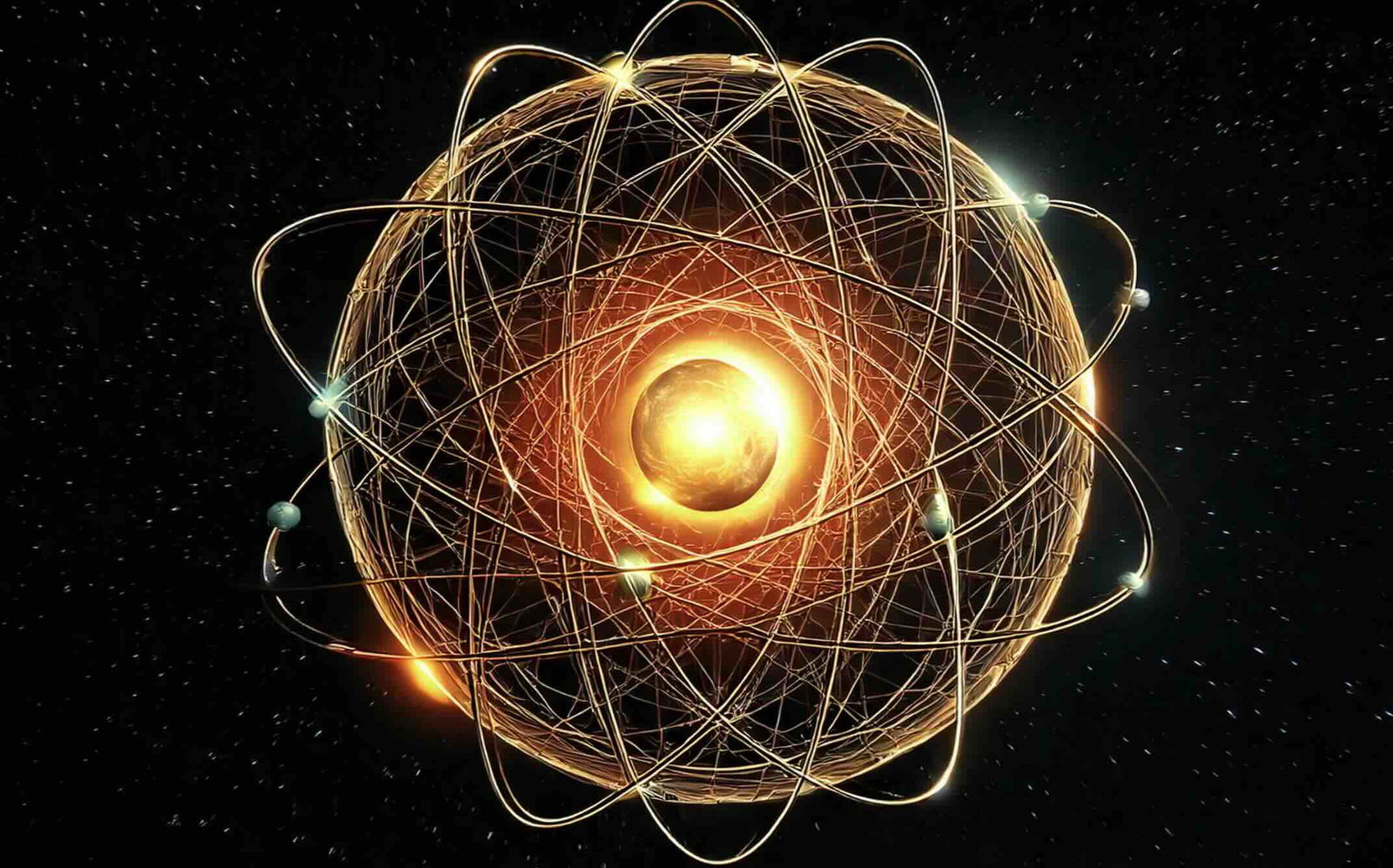New research is advancing nuclear physics and materials science with the exploration of “double magic nuclei,” a pursuit that is deepening our scientific understanding of nuclear bonds.
The recent Chinese research marks significant progress toward the elusive “Island of Stability,” where artificial nuclei demonstrate extreme resistance to decay. This is achieved through double magic nuclei, which have an exceptionally stable configuration created by a precise balance of protons and neutrons.
The Island of Stability
Almost like a mythical land, theories about the exact location of the “Island of Stability” on the periodic table vary. However, unlike mythical islands, scientists broadly agree that this predicted group of isotopes of superheavy elements exists, in theory. It consists of superheavy isotopes with much longer half-lives than any isotopes currently known, and since no such isotopes have been discovered in nature, their artificial creation is likely the only viable method for obtaining them. This process would require assembling the isotopes inside a nuclear reactor, a task that has so far eluded physicists.
The key to stability lies in “magic numbers”—specific counts of protons or neutrons that confer unusual stability to an atomic nucleus. These magic numbers represent points at which nuclear shells are completely filled, with established numbers being 2, 8, 20, 28, 50, 82, and 126. Scientists speculate that higher numbers, such as 184, 258, 350, and 462, could provide even greater stability. Double magic nuclei, where both the protons and neutrons reach these magic numbers, would theoretically achieve maximum stability.
Targeting the Magic Number
The research team, led by Professor Feng-Shou Zhang from Beijing Normal University, began by developing intricate models to simulate ion collisions. They selected projectile and target models they believed would be most effective in forming highly stable isotopes.
Several modeled reactions showed promise. Notably, firing a radioactive calcium isotope into a plutonium target produced the anticipated double magic nucleus, 298Fl. Another reaction, using vanadium and berkelium, yielded a double magic nucleus occasionally, though the results were less consistent.
Charting a Course for the Island of Stability
The models and methods created by Professor Zhang’s team could significantly aid future research aimed at synthesizing stable isotopes. These advancements may also deepen our understanding of atomic bonding, and could potentially drive progress in materials science. Reaching the long-sought “Island of Stability” will likely require the use of a supercollider or nuclear reactor.
In the early universe, primordial particles collided at near light speed in a hot quark-gluon plasma. Today, scientists use supercolliders—such as CERN in Europe or the now-defunct SSC in Texas—to recreate these high-energy heavy-ion collisions, typically using large ions like gold or lead.
These collisions, reaching trillions of electron volts, can generate quark-gluon plasma reminiscent of the moments following the Big Bang. To the surprise of early scientists, the resulting plasma behaved more like a liquid than a gas. While these supercolliders have produced exciting results, consistently achieving a specific desired outcome remains challenging. Colliding particles in a controlled manner is akin to orchestrating a high-speed miniature car crash, and reproducibility is often difficult even when success is occasionally achieved.
Another approach involves nuclear reactors, which come in two forms: fusion and fission. Fusion combines smaller elements into a larger one, while fission splits a larger atom into smaller particles. The challenge in creating ultra-stable atoms artificially lies in the need for all components to achieve stability simultaneously.
One might liken this process to assembling a Lego set that continually threatens to fall apart until the final piece is in place, and constructing such a stable configuration remains an ongoing challenge for physicists.
The recent paper “Possibility of Reaching the Predicted Center of the “Island of Stability” Via the Radioactive Beam-Induced Fusion Reactions” appeared on September 4, 2024 in Springer Nature.
Ryan Whalen covers science and technology for The Debrief. He holds a BA in History and a Master of Library and Information Science with a certificate in Data Science. He can be contacted at ryan@thedebrief.org, and follow him on Twitter @mdntwvlf.

